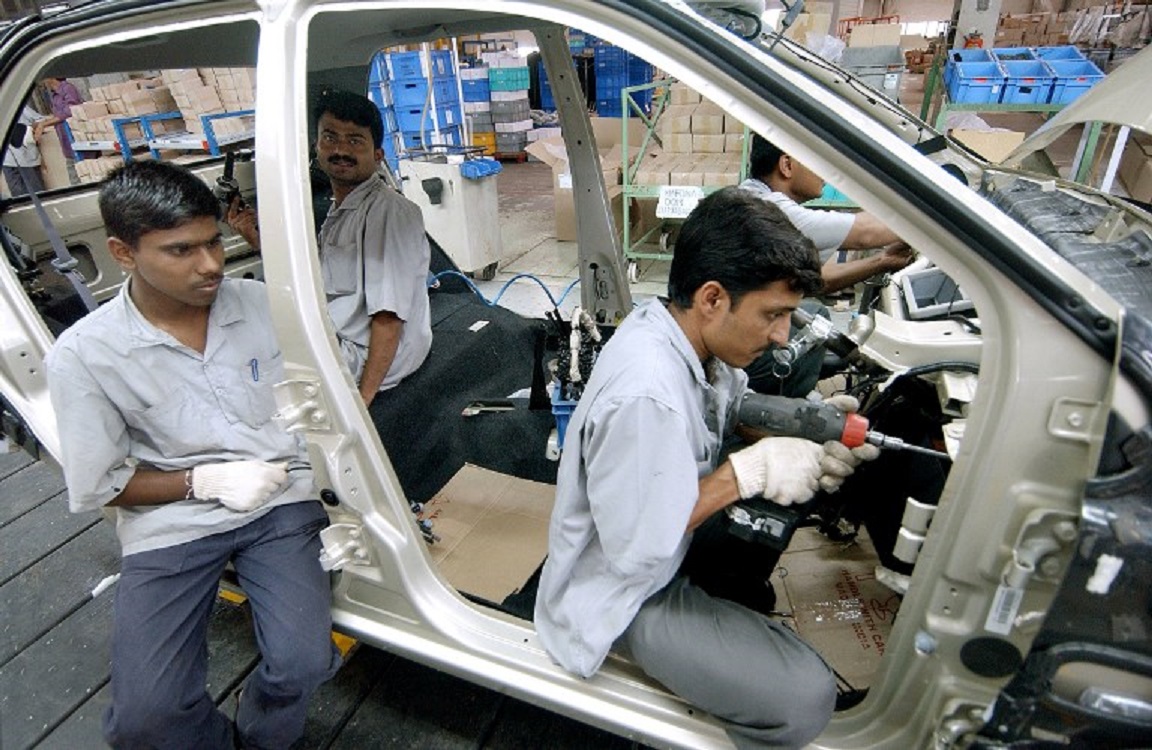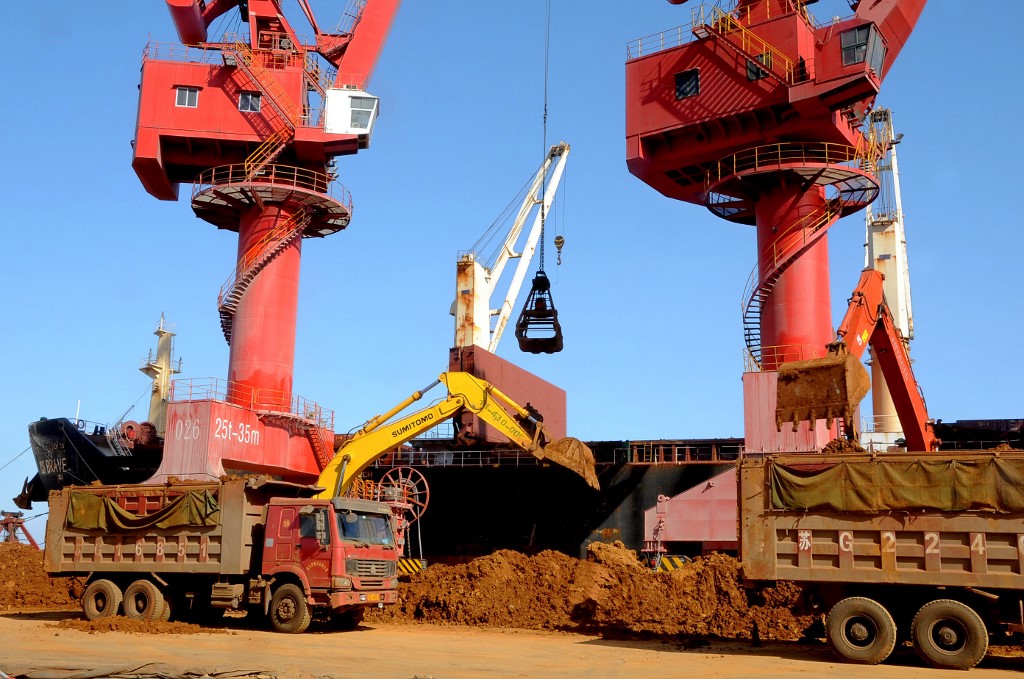(ATF) The outlook on India’s BBB- sovereign rating was revised to negative from stable, by Fitch, bringing it in line with Moody’s, which also has a negative outlook on it with a Baa3 rating.
Both BBB- and Baa3 are the lowest level of investment grade rating. Rivals S&P Global has also rated India’s sovereign at BBB- but the rating is stable.
Fitch said the coronavirus pandemic had “significantly weakened” India’s growth outlook for this year and exposed the challenges associated with a high public-debt burden. The agency has forecast the economy to shrink by 5% in the current fiscal year ending in March 2021, before bouncing back with 9.5% growth in the following year.
But it warned: “It remains to be seen whether India can return to sustained growth rates of 6% to 7% as we previously estimated, depending on the lasting impact of the pandemic, particularly in the financial sector.”
Fitch’s move on Thursday follows Moody’s downgrade earlier this month and S&P’s decision to affirm its rating on India. While these moves do not have any immediate ramifications, it could have a bearing on the country’s inclusion prospects in global bond indexes in future.
“It could raise questions about index inclusions, in terms of the most proximate impact,” Aninda Mitra, senior sovereign analyst at Mellon, said. “If 1-2 agencies were to follow through with a downgrade, there could be questions around the inclusion in the Barclays Global Aggregate index. But while quasi-sovereigns are unlikely to be adversely impacted in terms of funding costs, private issuers could see a repricing of their outstanding bonds and that could raise the cost of future refinancing.”
Limited foreign inflows
Fitch said the relatively closed nature of India’s capital markets, with limited foreign portfolio inflows, supports the authorities’ ability to finance wider fiscal deficits domestically.
It said only around 4% of government securities are held by non-residents and the external liabilities account for just 6% of central government debt.
“The sovereign’s external profile has been looking good with the current account deficit compressing and likely to turn into a surplus and the forex reserves now in excess of $500 billion. It is the domestic debt dynamics which are challenging,” Mitra said.
The Reserve Bank of India has also built up its foreign-exchange reserve buffers in recent months, to US$502 billion by 5 June 2020, covering around nine months of current account payments, higher than the ‘BBB’ median of five months, Fitch said.
“The government intends to open up more to foreign capital in the next few years as a source of deficit financing, but foreign investors’ tolerance for government debt at current levels, with a significantly larger portion of external debt, remains to be tested,” it said.
Rupee flat
Financial markets barely reacted to the rating move with the country’s main stock index rising 2.13% boosted by the financial sector. The Indian rupee was flat.
“Fitch’s negative outlook, while not completely unexpected, is an added headwind for India,” said Priyanka Kishore, head of India and Southeast Asia Macro and Investor Services at Oxford Economics.
Fitch said India’s fiscal metrics had deteriorated significantly, and it expects general government debt to jump to 84.5% of GDP in FY21 from an estimated 71% of GDP in FY20.
This is significantly higher than the median of 42.2% of GDP for the ‘BBB’ category in 2019, to which FY20 corresponds, and 52.6% for 2020.
“While investors may not be so perturbed by the outlook change per se in the current environment, the action has implications for the country’s fiscal and growth outlooks that will eventually impinge on portfolio flows and markets. Following this, the government will likely be more hesitant to follow through on its meagre fiscal efforts, which doesn’t bode well for recovery prospects,” Oxford Economics’ Kishore said.
























